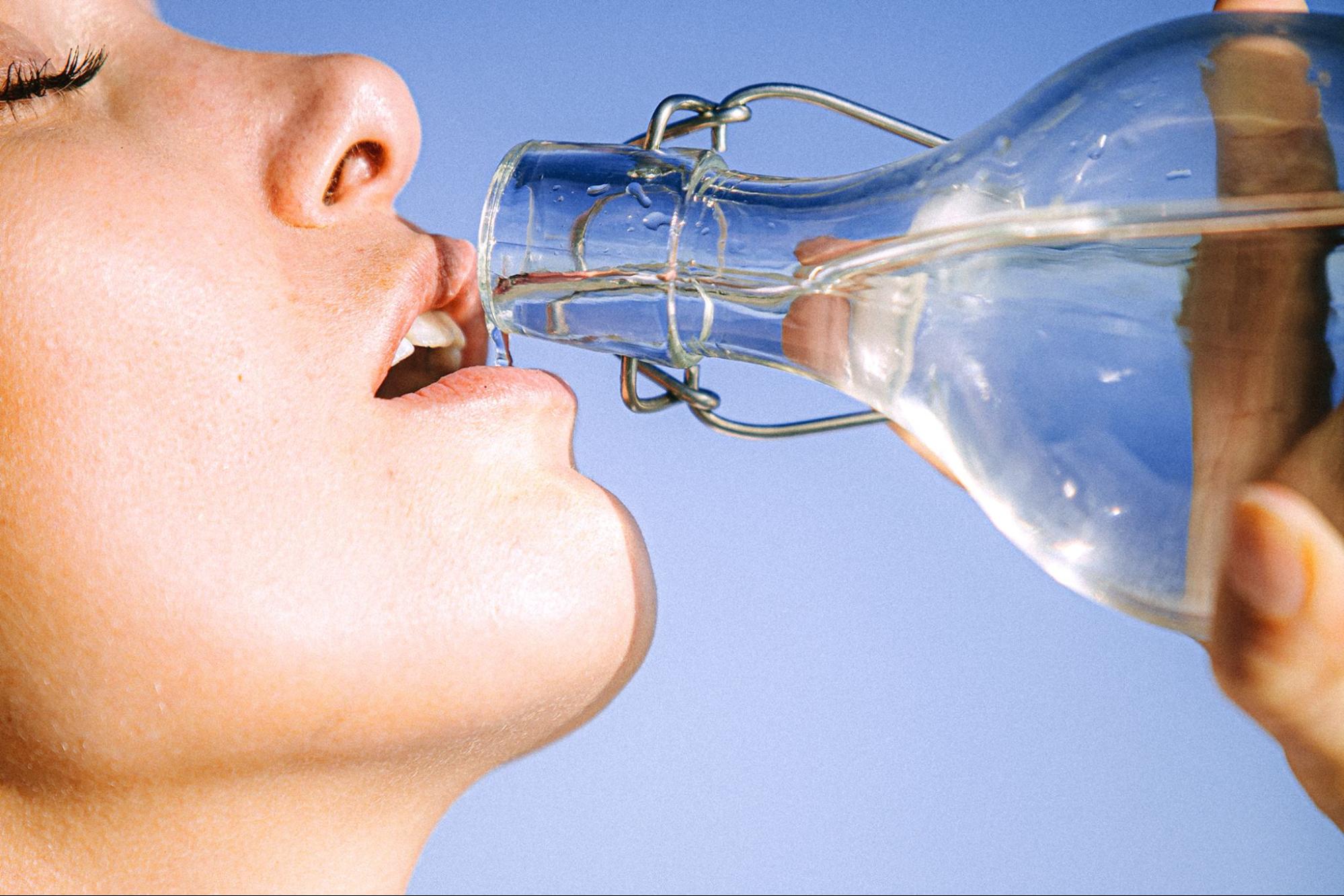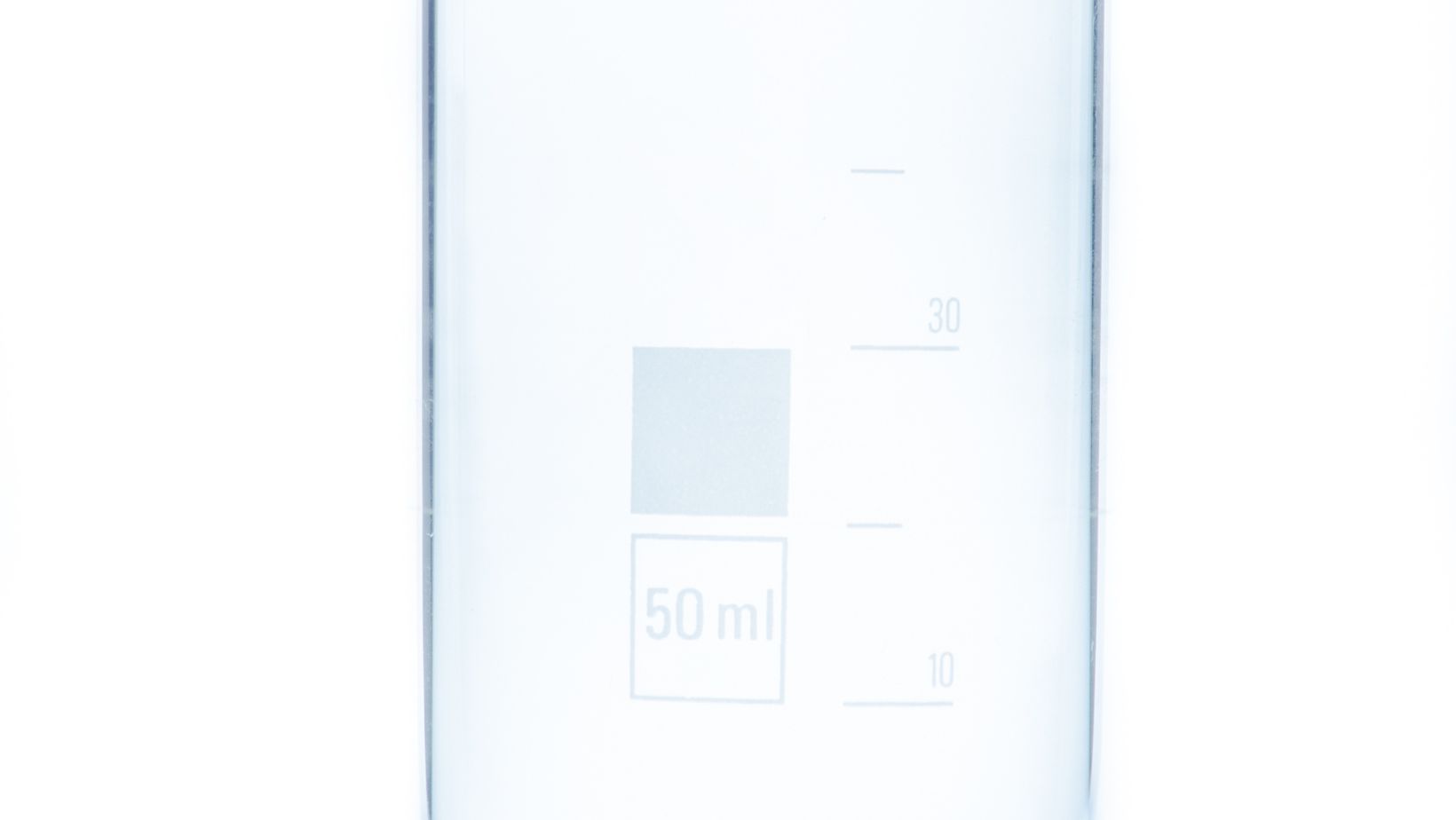Conversion Explained In How Many Ml is in a Pound

Wondering how many milliliters are in a pound? It’s a common question that often arises when dealing with conversions between volume and weight measurements. To provide some clarity, let me break it down for you.
When it comes to measuring liquids and solids, we often find ourselves grappling with various units of measurement. One common question that arises is how milliliters (ml) and pounds correlate. To gain a better understanding of this relationship, let’s explore some key points.
-
Conversion Between Ml and Pounds:
- Milliliters are used to measure volume, while pounds are used to measure weight.
- It’s important to note that milliliters and pounds are not directly convertible, as they belong to different measurement systems: metric for milliliters and imperial for pounds.
- To convert from ml to pounds or vice versa, you need additional information such as the density of the substance being measured.
-
Density Plays a Crucial Role:
- Density refers to the mass per unit volume of a substance.
- Different substances have varying densities, which means that 1 ml of one substance may weigh more or less than 1 ml of another substance.
- For example, 1 ml of water weighs approximately 0.0353 ounces or 0.0022 pounds due to its density.
-
Converting Specific Substances:
- If you’re working with a specific liquid or solid with a known density, you can use conversion factors to determine the relationship between milliliters and pounds.
- For instance, if you want to convert milliliters of olive oil into pounds, you would multiply the volume in milliliters by the density of olive oil in pounds per milliliter.
-
Practical Examples:
- Let’s say you have a recipe that calls for 250 ml of milk. If you want to know how many pounds that would be equivalent to, you’ll need the density value for milk.
- Similarly, if you’re dealing with medications measured in milliliters but need an understanding in terms of weight, you’ll need to consult the density of the medication.
Remember, when converting between milliliters and pounds, it’s crucial to consider the density of the substance being measured. Without this information, it’s not possible to establish a direct conversion factor. Always refer to specific density values or consult reliable sources for accurate conversions.

How Many Ml is in a Pound
Why Convert Milliliters to Ounces?
When it comes to cooking, baking, or even mixing a cocktail, accurate measurements are key. While milliliters (ml) and ounces may seem interchangeable, converting between these two units is essential for precise recipe execution. Understanding how many milliliters are in an ounce allows you to follow recipes from around the world and achieve consistent results.
The Basic Conversion Formula
To convert milliliters to fluid ounces, you can use a simple conversion formula:
1 ml ≈ 0.0338 fl oz
This means that every milliliter is approximately equal to 0.0338 fluid ounces. To calculate the number of fluid ounces in a given amount of milliliters, simply multiply the quantity by 0.0338.
For example:
- 100 ml ≈ 3.38 fl oz
- 250 ml ≈ 8.45 fl oz
- 500 ml ≈ 16.91 fl oz
Remember that this conversion is an approximation due to the varying densities of different substances. However, for most culinary purposes, this formula provides accurate enough results.
Converting Milliliters to Fluid Ounces
Converting milliliters to fluid ounces can be particularly useful when following international recipes or using measuring tools with different units of measurement. Here’s how you can apply the basic conversion formula in practice:
- Start by determining the volume you want to convert from milliliters into fluid ounces.
- Multiply that value by 0.0338.
- Round off the result as needed for practicality.
For instance, if a recipe calls for adding 200 ml of water and you prefer working with fluid ounces instead, you would multiply: 200 ml * 0.0338 = approximately 6.76 fl oz
By converting milliliters to fluid ounces, you can better understand and adapt recipes from various sources, ensuring accurate measurements and successful culinary creations.
Remember, mastering the art of measurement conversions opens up a world of possibilities in the kitchen and beyond. So next time you encounter a recipe that lists milliliters as the unit of measurement, confidently convert it into fluid ounces using the simple formula provided above. Happy cooking! The Conversion Factor: Fluid Ounces to Pounds




